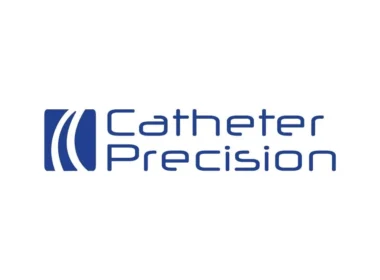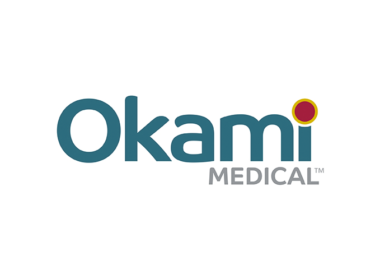NEW YORK, Nov. 20, 2025 /PRNewswire/ — Frank J. Veith and Rasit Dinc presented new expert insights on the role of advancing artificial intelligence (AI) technologies in contemporary vascular medicine during a featured session at the 52nd annual VEITH Symposium. Their discussion outlined…
Author: Ken Dropiewski
ConcertAI Introduces TeraRecon AV™, Advancing AI-Powered Medical Imaging with New Structural Heart and SaaS Capabilities
TeraRecon AV™ delivers advanced imaging visualization with AI-driven automations, enhancing clinician diagnostic precision and patient care while reducing manual efforts. It introduces advanced structural heart imaging simulations in a single solution, including Transcatheter Tricuspid Valve Replacement (TTVR), Transcatheter Mitral Valve Repair (TMVR), and Advanced Left Atrial Appendage (LAA) procedures, along […]
AIROS Medical Launches Custom Travel Case for Lymphedema Compression Therapy Devices
AUDUBON, Pa., Nov. 20, 2025 /PRNewswire/ — AIROS® Medical., Inc., a leading medical technology manufacturer and designer specializing in compression therapy devices that treat lymphedema and venous disorders, today announced the release of the AIROS Medical Travel Case. The case will…
Hyland Showcases Enterprise Imaging Innovation at RSNA 2025: Empowering Personalized, Connected Care
From radiology and cardiology to digital pathology and multi-specialty imaging, Hyland enables a single, secure, and interoperable imaging record that enhances clinical decision-making CLEVELAND , Nov. 20, 2025 /PRNewswire/ — Hyland, the pioneer of the Content Innovation Cloud™, will be…
Catheter Precision Announces Successful LockeT Launch in South Africa
FORT MILL, S.C., Nov. 20, 2025 (GLOBE NEWSWIRE) — Catheter Precision, Inc. (VTAK – NYSE/American), a US based medical device company focused on developing technologically advanced products for the cardiac electrophysiology market, today announces the rapid commercial uptake of its LockeT closure device in South Africa.
Investor Insights: Kate Sonders of Sonder Capital Discusses Disease States and Robotics
Okami Medical Announces $45 Million Financing and New CEO Appointment to Drive Next Phase of Growth
ALISO VIEJO, Calif., Nov. 19, 2025 /PRNewswire/ — Okami Medical, a medical technology company pioneering novel vascular embolization solutions, today announced the successful close of an oversubscribed $45M financing led by new investor Gilde Healthcare with participation from existing…
November Issue of Journal of Cardiac Failure-Intersections Highlights Advances in Right Ventricular Reserve, Revascularization Strategies, and LVAD Deactivation
The second issue of the open-access journal showcases multidisciplinary heart failure research and the many intersections that shape patient care. WASHINGTON, Nov. 19, 2025 /PRNewswire/ — The second issue of the Journal of Cardiac Failure-Intersections, online now, delivers a diverse…
Qure.ai partners with Microsoft to increase access to its lung cancer detection and management suite in the U.S.
Accelerating early detection, reducing clinician burden, and enhancing patient outcomes New York, November 18 2025: Qure.ai, a TIME100 most influential company and global leader in digital healthcare, today announced its collaboration with Microsoft. Qure.ai will onboard its end-to-end lung cancer detection, measurement and management suite of AI-powered solutions onto […]
Frank J Veith and Rasit Dinc Evaluate Next-Generation Technologies in Vascular Treatments
AI-driven innovations in digital health and imaging were discussed at the VEITH Symposium, where Frank Veith and Rasit Dinc evaluated the impact of next-generation technologies on vascular treatments NEW YORK, Nov. 19, 2025 /PRNewswire-PRWeb/ — During a special session at the 52nd annual…













